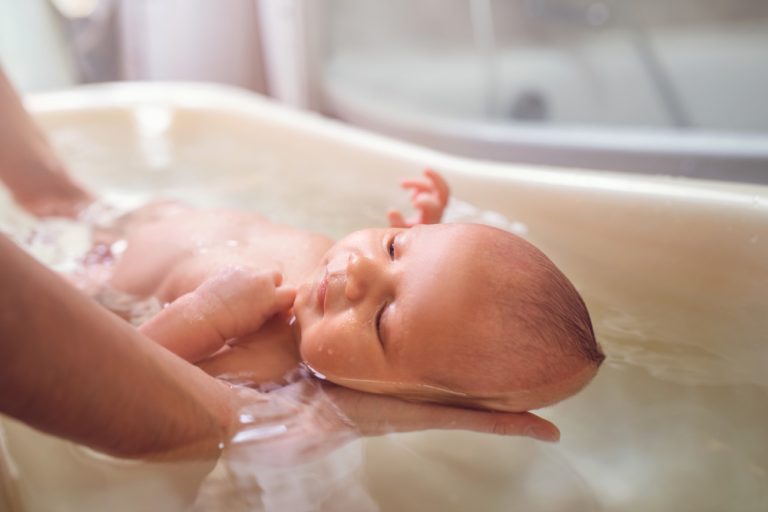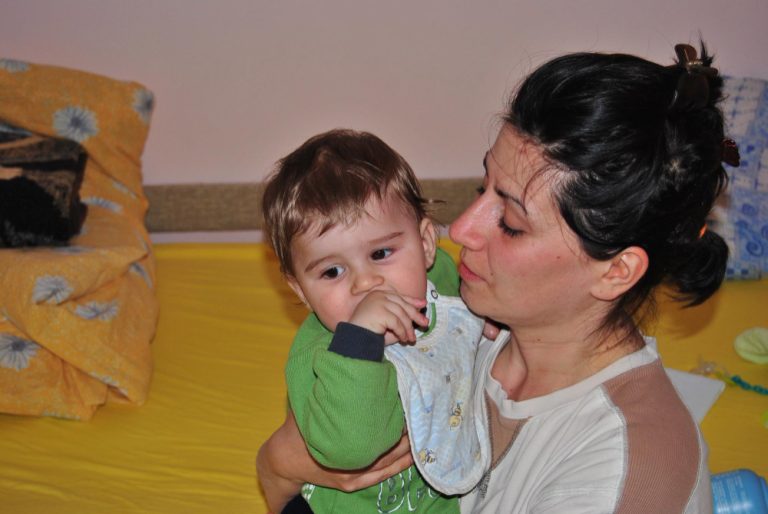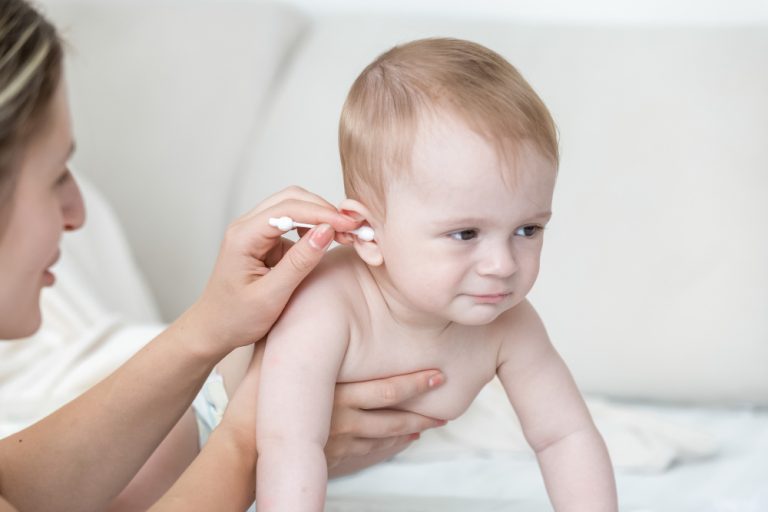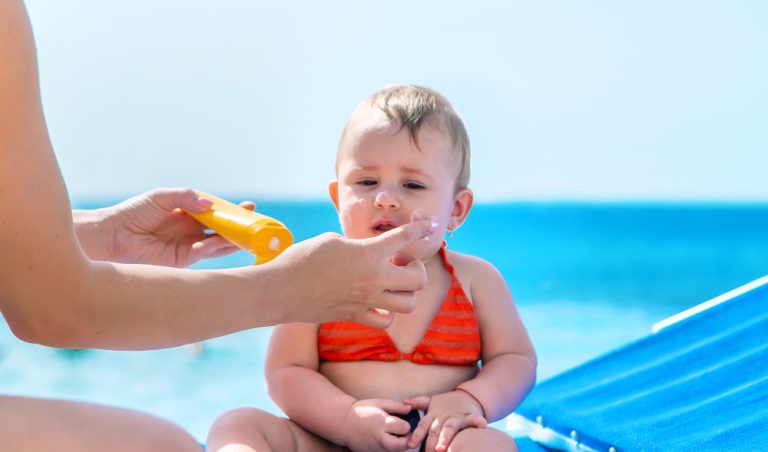When Do Babies Start To Drool? Drooling in Babies
Have you ever noticed your little one’s bib constantly soaked with drool, leaving a trail of wetness wherever they go or when do babies start to drool? Excessive drooling in babies is a common phenomenon that can raise parental concerns and curiosity.
While a certain amount of drooling is expected as babies explore their world through mouthing objects, excessive drooling may signal underlying issues that warrant attention. As a parent, understanding the causes and concerns associated with excessive drooling is crucial for your child’s well-being.
In our blog, we delve into the world of baby drool to shed light on when do babies start to drool and the potential implications it may have. Let’s explore the reasons behind non-stop drooling to look into developmental milestones related to drooling.
We aim to equip you with valuable insights into managing and soothing any discomfort or rashes caused by excessive drooling. Dig deeper into this essential aspect of infant development to navigate your parenting journey with confidence and expertise.
Introduction to Baby Drooling
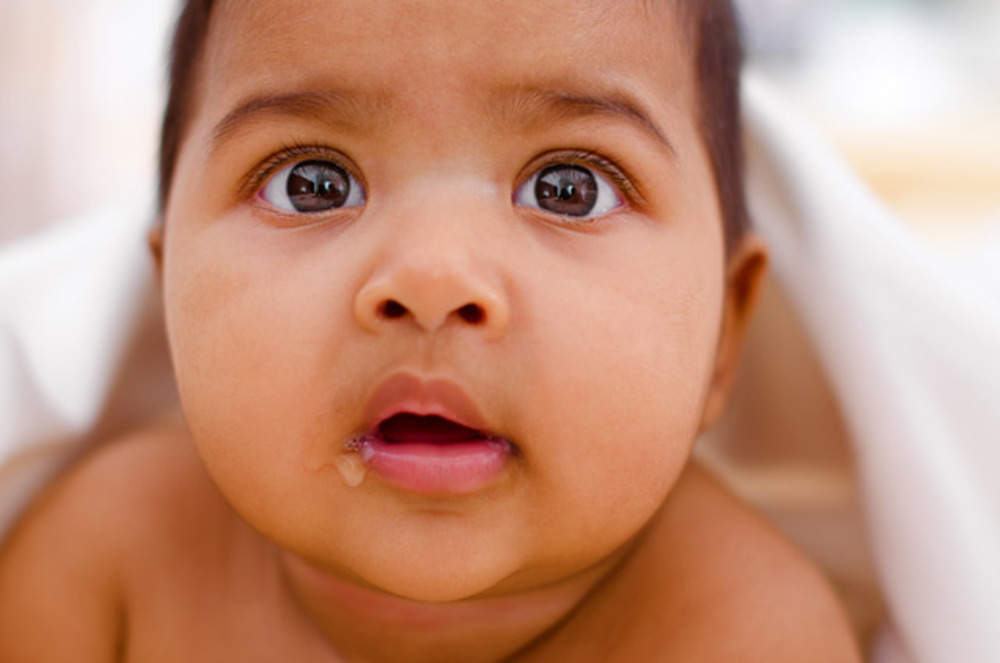
Baby drooling is a common and natural occurrence that begins during the early months of a baby’s life. It refers to the excessive production and release of saliva from a baby’s mouth. While it may seem messy and bothersome, drooling plays a vital role in a baby’s development.
During the first few months, a baby’s salivary glands start functioning, leading to an increase in saliva production. This excess drool serves several purposes, including lubricating the baby’s mouth, aiding digestion, and contributing to oral hygiene. Additionally, drooling helps babies explore the world around them as they often put their hands and toys in their mouths.
Although baby drooling is typically harmless, it can create its fair share of challenges for parents. Excessive drooling may result in skin irritation around the baby’s chin, neck, and chest, commonly known as a drool rash. It may also require frequent changes of clothes and bibs to keep the baby dry and comfortable. Managing these discomforts is crucial to ensure the baby’s well-being.
Understanding the causes, concerns, and management of excessive drooling in babies can help parents navigate this phase more effectively. Let’s take a closer look at when babies start to drool, the potential causes of excessive drooling, and how to alleviate any discomfort or rashes associated with it.
When Do Babies Start to Drool?
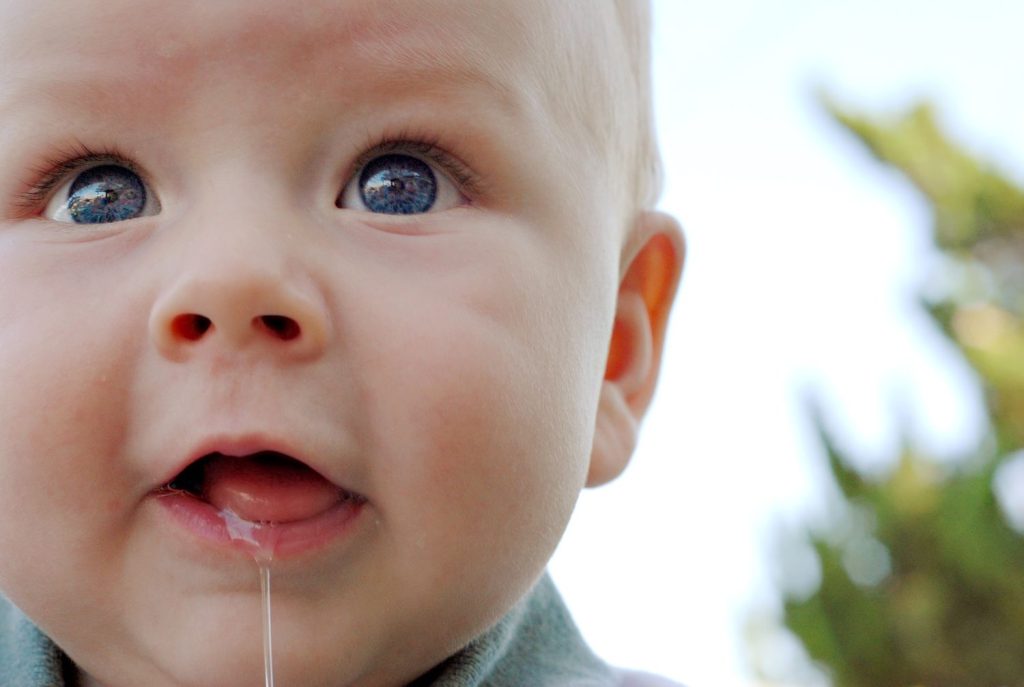
Babies typically start to drool between the ages of 3 to 6 months, although it can vary from one baby to another. The excessive drooling is a sign of their developing motor skills and oral muscles. This is an exciting developmental milestone as it indicates that your baby’s salivary glands are actively producing saliva.
While some babies may start drooling earlier or later, it is completely normal within this age range. It’s important to note that drooling alone does not necessarily indicate teething, as babies may continue to drool even after their teeth have come in.
Each baby progresses at their own pace, so clasp this adorable stage of your baby’s development and keep a drool rag handy to manage the drool.
Causes of Baby Drooling
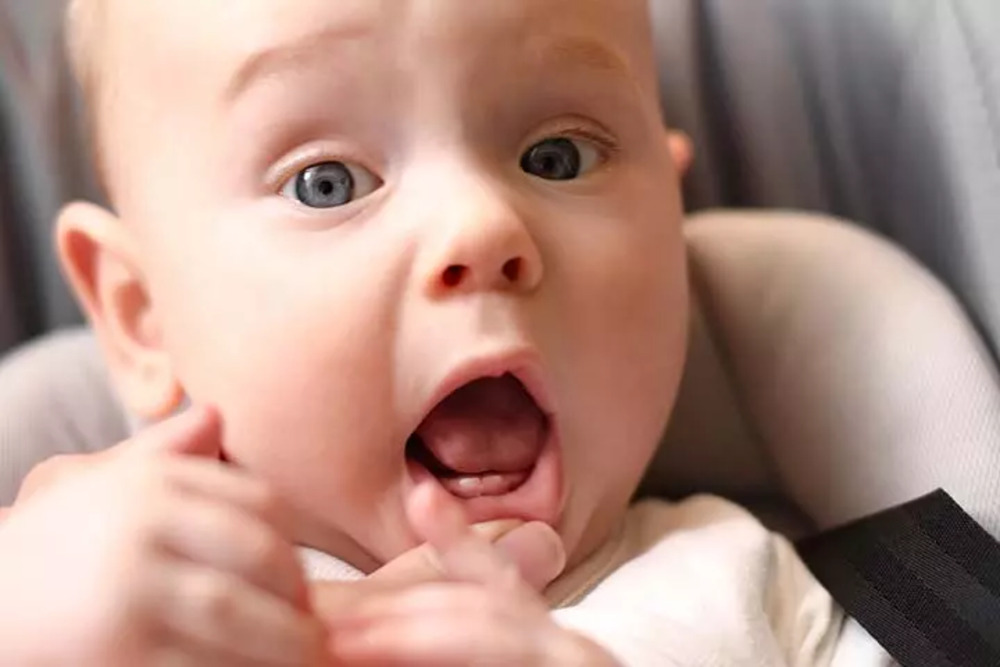
Baby drooling is a common occurrence that starts during infancy and continues throughout the first few years of a child’s life. While it may seem excessive and messy, drooling plays a crucial role in a baby’s growth and development. Here are the primary causes of baby drooling:
Teething
- Teething is often the most well-known cause of drooling in babies.
- As your little one’s teeth start to emerge, their salivary glands go into overdrive, resulting in more drool.
- The excessive saliva helps to lubricate and soothe the gums during the teething process.
Developmental Milestones
- Babies reach significant developmental milestones during their early years, and drooling frequently accompanies these milestones.
- As they learn to control their mouth and facial muscles, they may experience increased saliva production, leading to drooling.
Increased Saliva Production
- Babies have smaller mouths and may not have the same swallowing skills as older children or adults.
- This can cause a build-up of saliva, resulting in drooling.
- As their muscle control improves, the drooling tends to decrease.
It’s essential to remember that every baby is different, and the intensity of drooling can vary. While drooling is normal, excessive drooling or sudden changes in drooling patterns should be monitored. If you have concerns about your baby’s drooling, it’s always best to consult with a pediatrician for proper evaluation and guidance.
Excessive Drooling in Babies
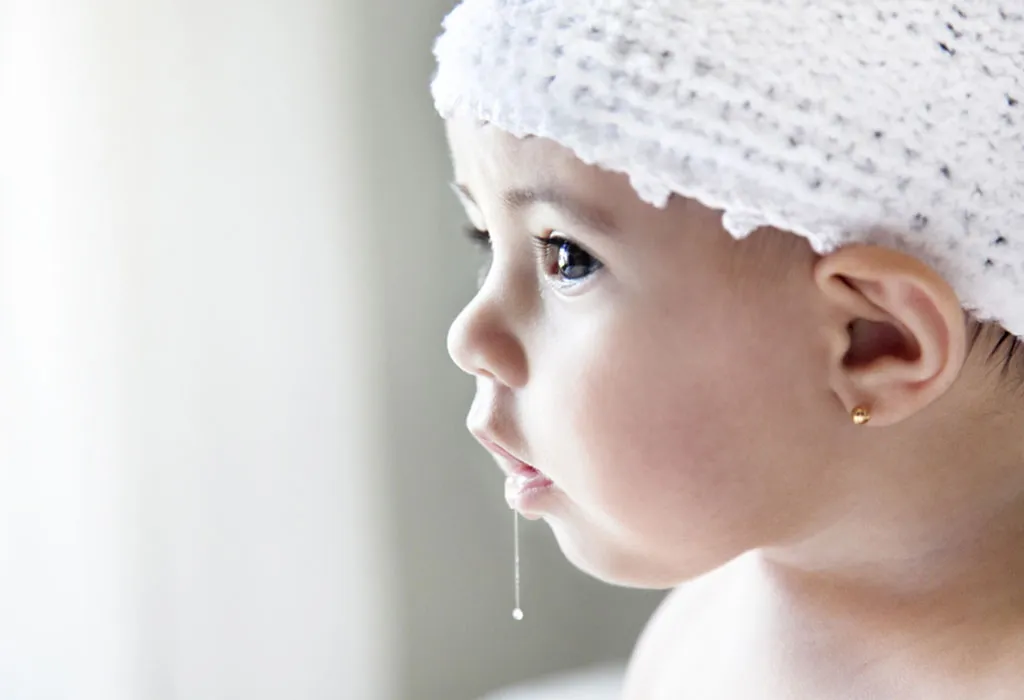
Excessive drooling in babies is a common occurrence that is generally considered normal and a sign of healthy development. However, there are instances where excessive drooling can raise concerns and indicate underlying health conditions.
In this section, we will explore what excessive drooling is and discuss potential causes and concerns associated with it.
Excessive drooling, also known as ptyalism, refers to a significant increase in saliva production beyond what is considered typical for a baby. While it is normal for infants to drool as they explore the world and develop their oral motor skills, excessive drooling may require closer attention.
There are several potential causes of excessive drooling in babies. One common reason is teething, as the eruption of primary teeth can stimulate saliva production.
Additionally, certain developmental milestones, such as improved muscle control and increased mobility, can contribute to an excess of drool. Increased saliva production is also a natural part of a baby’s developing digestive system.
While most cases of excessive drooling are benign, it is important to be aware of potential concerns and underlying health conditions. Excessive drooling can sometimes be a sign of swallowing difficulties or poor muscle development. It can also be associated with neurological conditions such as cerebral palsy or bell’s palsy.
If you are concerned about your baby’s excessive drooling or if it is accompanied by other worrisome symptoms, it is advisable to consult with a healthcare professional. They can evaluate your baby’s overall health and provide guidance on any necessary interventions or treatments.
In the next section, we will discuss practical strategies for managing and soothing drool-related discomfort in babies to ensure their comfort and well-being.
Remember, while excessive drooling can sometimes be a cause for concern, it is essential to maintain a balanced perspective and seek professional advice when needed.
Managing and Soothing Drool-Related Discomfort
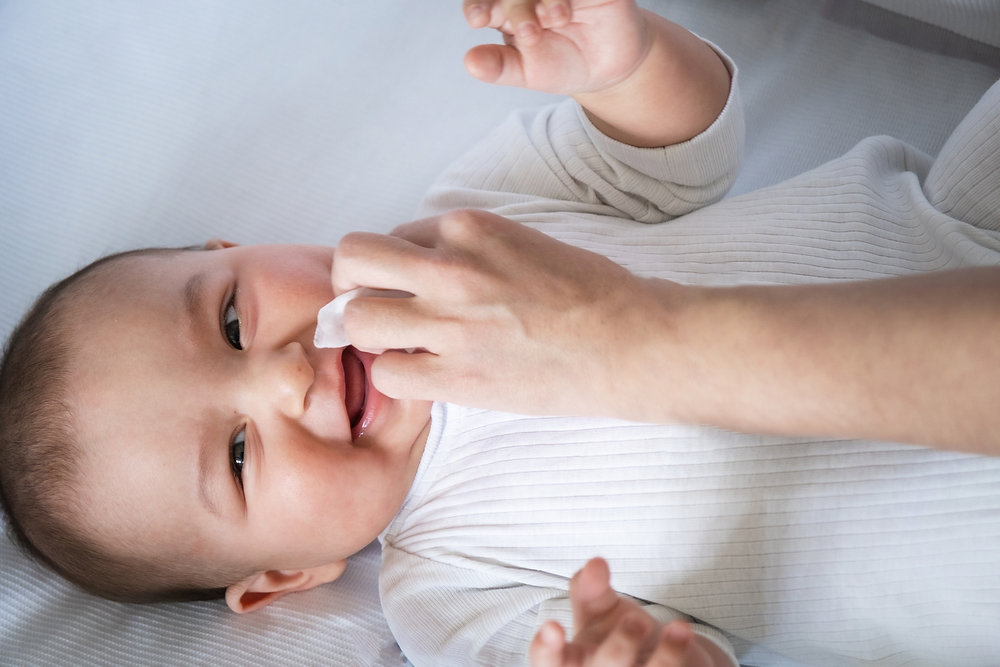
Excessive drooling in babies can often cause discomfort and may lead to rashes or skin irritations. Thankfully, there are several strategies you can implement to manage and soothe drool-related discomfort.
Here are some practical tips that can help:
Keep the Face Clean and Dry
- Gently wipe your baby’s face with a soft cloth or bib to remove excess drool throughout the day.
- Pat the skin dry to prevent moisture from causing irritation or rash.
Use Barrier Creams or Ointments
- Apply a thin layer of baby-friendly barrier cream or ointment to protect your little one’s skin from drool.
- Look for products that are hypoallergenic and free from harsh chemicals.
Dress in Absorbent Clothing
- Choose clothing made of absorbent materials, such as cotton, to keep your baby’s skin dry and minimize discomfort.
- Consider using drool bibs or bandana bibs, which are specifically designed to soak up excess drool.
Protect the Chin and Neck Area
- Place a soft cloth or muslin under your baby’s chin to absorb drool and prevent it from accumulating on the skin.
- Regularly change or wash the cloth to maintain cleanliness and prevent irritation.
Provide Comfort with Teething Toys
- Offer safe and clean teething toys to provide relief for your baby’s sore gums.
- Chewing on these toys can redirect excessive drool and also help soothe teething discomfort.
Monitor for Signs of Rash or Irritation
- Keep a close eye on your baby’s chin, neck, and face for any signs of redness, rash, or irritation.
- If you notice any unusual symptoms, consult your pediatrician for proper guidance.
Remember, managing drool-related discomfort is an ongoing process, and what works for one baby may not work for another. Be patient, and try different strategies until you find what provides relief for your little one.
Developmental Milestones Related to Drooling
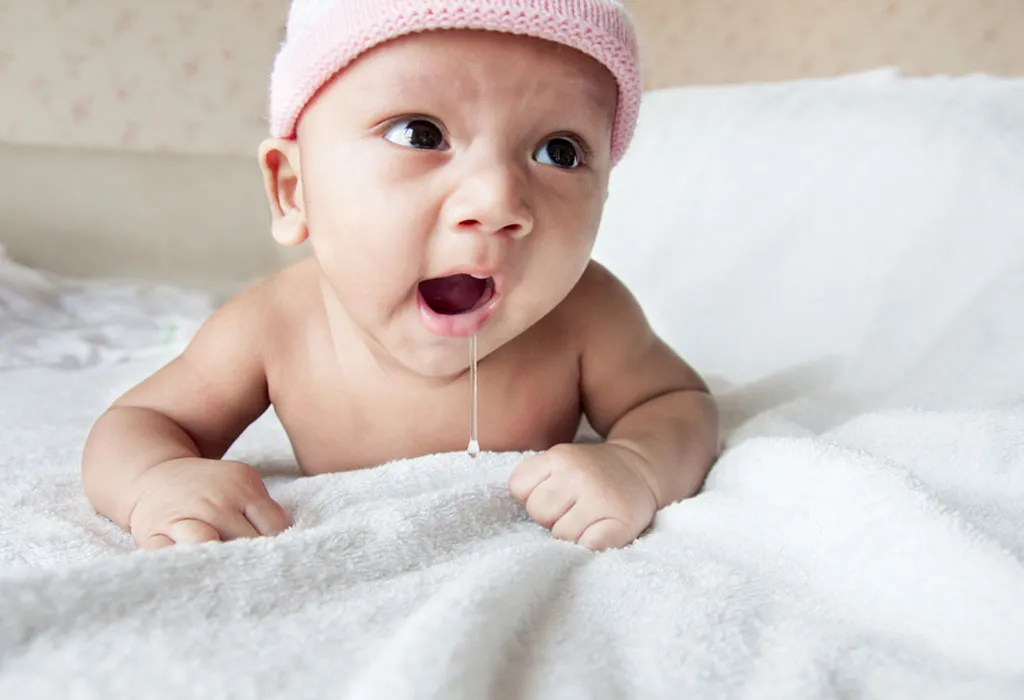
Drooling is not just a messy phase that babies go through; it is actually an important part of their development. As babies learn to explore their environment and interact with the world around them, drooling becomes a key milestone in their journey.
Here are some developmental milestones related to drooling that you can expect to observe in your little one:
1. Oral Motor Skills
Drooling is closely linked to the development of oral motor skills, such as sucking, swallowing, and chewing. It indicates that your baby’s mouth and facial muscles are maturing and gaining strength.
2. Teething
The eruption of primary teeth is another major milestone in a baby’s life. Excessive drooling often accompanies this stage as the teeth push through the gums.
3. Improved Muscle Control
As your baby grows, they will gradually gain better control over their facial muscles, including those responsible for managing saliva. This increased muscle control helps reduce excessive drooling over time.
Remember, every baby develops at their own pace, so don’t worry if your little one reaches these milestones earlier or later than expected. Celebrate each stage of their growth and feel reassured that drooling is a normal and necessary part of their development.
The Final Note: When Do Babies Start To Drool
In conclusion, understanding and managing excessive drooling in babies is essential for their overall well-being. Throughout this article, we have explored the fascinating world of baby drooling and gained insights into when do babies start to drool, its causes, concerns, and management.
Some key takeaways include:
1. Baby drooling is a normal and important part of development, typically starting around 3 to 6 months of age.
2. Excessive drooling can be caused by various factors such as teething, increased saliva production, and developmental milestones.
3. While excessive drooling is usually harmless, it can sometimes indicate an underlying health condition that requires medical attention.
4. To manage and soothe drool-related discomfort, parents can regularly wipe their baby’s chin and use drool rags or bibs.
5. It is important to protect the baby’s skin from drool rash by keeping it clean and dry, using gentle skincare products, and avoiding irritants.
6. Developmental milestones related to drooling, such as the development of oral motor skills and muscle control, are important indicators of your baby’s growth.
Remember, excessive drooling is a common and temporary phase in a baby’s life. With proper care and attention, parents can navigate through this stage with ease. Welcome this incredible journey of baby development, and seek professional advice if you have any concerns.


